How Dealers Decide What Your Artwork Should Cost
As you might expect in a business that is guided by ineffable factors like talent, taste, trends, and individual potential for growth, galleries don’t have any one set system for determining what to charge for a work of art. The price will depend on a host of considerations, from the materials used in a piece to the age of the artist to whether the work is framed or not, but there are a few common denominators that guide dealers and their artists in assigning a dollar value to an art object.
“With an early-career artist, I try to keep the prices low but reasonable. I believe it is important to keep the price low to get the work and the artists’ name out there and create a sales history that we can build upon,” says Lesley Heller of Lesley Heller Workspace on Orchard Street in New York. “Many less experienced artists think their work should sell for the same price as their peers who already have a gallery, but that’s not necessarily the case. All artists have to start at the bottom and work their way up.”
Heller says she will sometimes “start in the hundreds” for small paintings from an emerging artist, but Kim Foster of the gallery by the same name in Chelsea says other factors may allow for a bigger price tag. “I took on a new artist at one point who had no résumé whatsoever, but he had won a lot of competitions, so I started him off at $6,000 for medium-sized paintings. I knew it was going to be hot stuff, and I sold out the entire show in the first week.” She doubled the prices for the next show, and though the work didn’t sell as briskly, “the press loved it.” When ARTnews posted a review on its website, the news got picked up globally and of course Foster hiked the price for the third show, and at that point the momentum began to stall.
Michael David of David&Schweitzer Contemporary in Brooklyn concurs with the philosophy of starting an artist low and small. Citing the example of Daniel John Gadd, a young painter who created a stir early in the game, he says “I kept the price point low in the beginning so that a lot of people could access the work. As collectors became more aware of the artist, those prices would go up and demand for larger pictures would rise as well.”
As for what the dollar value should be for a new or emerging artist, Yancey Richardson, who is primarily a photography dealer, says, “If the artist has never set prices, we will think of comparable artists, either in my gallery or another gallery.” Adds Suzy McGrane-Hop of the Gilded Pear Gallery in Cedar Rapids, IA, “If an artist is new to my gallery but shows elsewhere in the area, I like to keep the pricing consistent with the other gallery’s pricing. I don’t demand exclusivity, but I like to keep it so I don’t find my artists showing up at my closest competitor’s gallery in the same town. I put this in my artist’s contract and usually the range is within about 20 to 30 miles between galleries but there are exceptions when necessary.”
Moving up
What determines price hikes as an artist grows in her career? The most important indicators are the strength of sales in previous exhibitions, inclusion in museum collections, the caliber of collectors, and if an artist has received reviews in reputable newspapers and magazines and on-line publications, and of course, the state of the economy. “A great way to get people talking is to sell out a show,” adds Heller. “People sell all those red dots and start asking, ‘When is she going to make more?”
Liliana Bloch, director of the eponymous gallery in Dallas, says where an artist went to school can also make a difference in the prices for a newcomer to the market. “If you’re talking to a collector who knows about art, the degree is meaningful because you can say this school—if it’s RISD or Yale—has the best teachers and mentors.” Competitions and inclusion in prestigious curated shows also enhance an artist’s dollar value. Bloch started working with photographer Leigh Merrill four years ago and in a very short time her dreamy pastel-colored scenes of overlooked urban corners found an enthusiastic audience. “She was invited to participate in international exhibitions and prices had to go up,” says Bloch. “It’s a joyous moment for me to tell collectors look at what’s happening with the artist you bought from me. Look how good it’s going.”
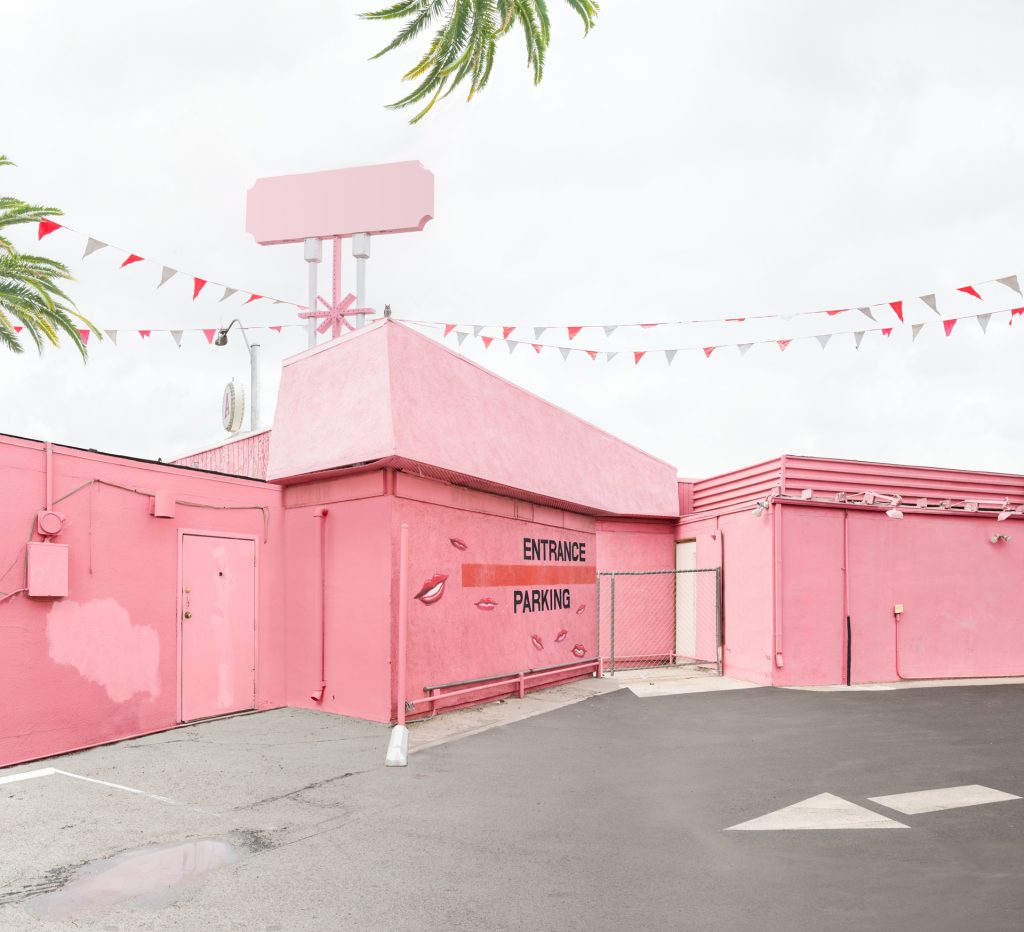
Leigh Merrill’s photo Pink Corner sells for $2,500 at Lilian Bloch Gallery but prices for her work are going up
But many dealers are wary of imposing steep increments after one or two shows, no matter how successful. “Over the 20,000 mark you have to have a lot of support—principally from the press and collectors,” says Foster. “A good artist keeps growing and you don’t want to outpace yourself.” She cites the case of an Asian sculptor who made a huge debut splash with unusual materials and an evocative back story. When the work took off, he jumped ship to another gallery, which doubled the prices. But after that first blossoming, the sculptor stalled and began repeating his initial successful formula. Yet his prices stayed high, and he sold very little work for a decade.
How much say does the artist have?
Truth is, probably not much. Don’t expect that because you sold two pieces at an art fair or in a group show for $5000 each that a good dealer is going to take you on at those prices. The ones who have a real interest in managing an artist’s career will be looking at the long game and, more importantly, will know what the market will bear. “My main interest is in building the right long-term relationships with clients,” says Bloch. “And we want recurring customers.”
“We’re the ones out there in the field buying and selling work all day,” says Yancey Richardson. “And we have a better feel for the market.”
And the market can ultimately be mystifying. Foster mentions two strong mid-career artists, Sidney Blum and Margaret Evangeline, who should be walking out the door. “Their prices are so reasonable, for who they are. People should be eating it up,” but right now, she adds, ”everyone wants to make a deal. People at Miami Basel were making offers of $2,000 for a $10,000 work. Sometimes I feel like a rug salesman.”
Sales out of your studio can further muddy the equation. An artist may say, “Well, I sold the work myself for $2,000, so in the gallery I should be making twice that” after the dealer gets her cut. “But the market value of the work may still be $2,000, so the dealer has to decide what he/she thinks the work is worth and work up from there over time,” says Heller. “You can’t just double the price because you’re showing in a gallery. You want to slowly build up a sales history.” (Studio sales are a whole different beast, and they can often be the cause of the greatest friction between a dealer and artist, as discussed here. So be careful.)
“I have some artists who have me handle the transaction and paperwork and it is the regular 50-50 split,” says McGrane-Hop of studio sales. “Others give me 25 percent for being their dealer and some don’t offer anything. I always appreciate getting a cut (who doesn’t?) but I am not going impede any artist from being able to make a sale. It just depends on how much work I have to put into it.”
The best course for determining prices is to have a frank discussion with the gallery. Curiously, says Bloch, she meets many who want to sell themselves short. “Usually the disagreements happen when artists want prices to be too low. They are so humble they have no idea how talented they are, or they are just not savvy about the market.”
Good dealers say they will not abandon an artist if sales are slow for several years. They’re more impressed by commitment than an eager rush to make a big statement. A painter himself, with many years of showing at high-end galleries like Knoedler and Sidney Janis, Michael David says, “What I look for is someone whose practice is deep and meaningful. I want to see a dedication where the artist’s life is on the line.”
“Being an artist is a slow game,” adds Heller. “Those who are in it for the long haul are those who will succeed. There are a few who make it to a top gallery in the first couple of years, but that is very rare and remember that if they’re dumped, their prices are higher than most other galleries can sustain, and it then becomes difficult to find new representation.”
Ann Landi
Top: Kim Foster in her Chelsea Gallery
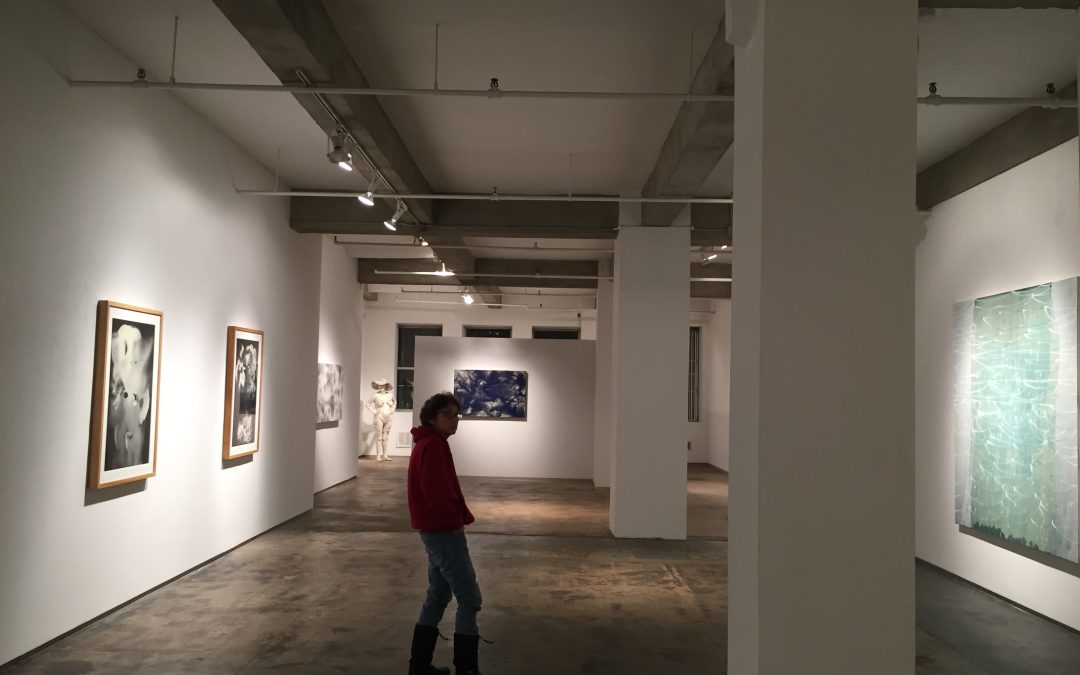
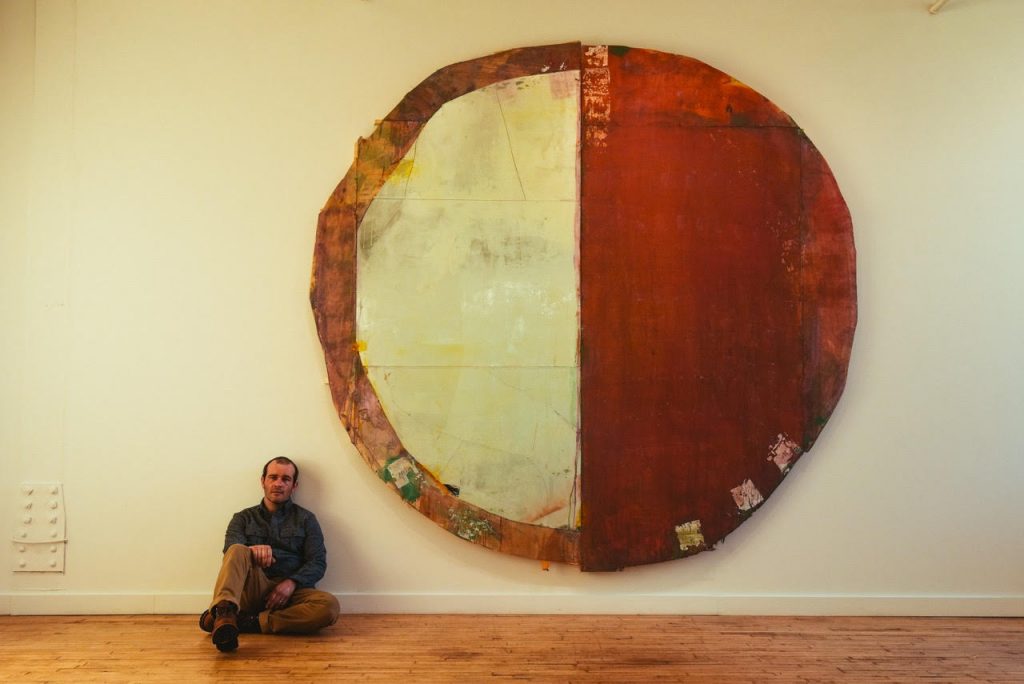
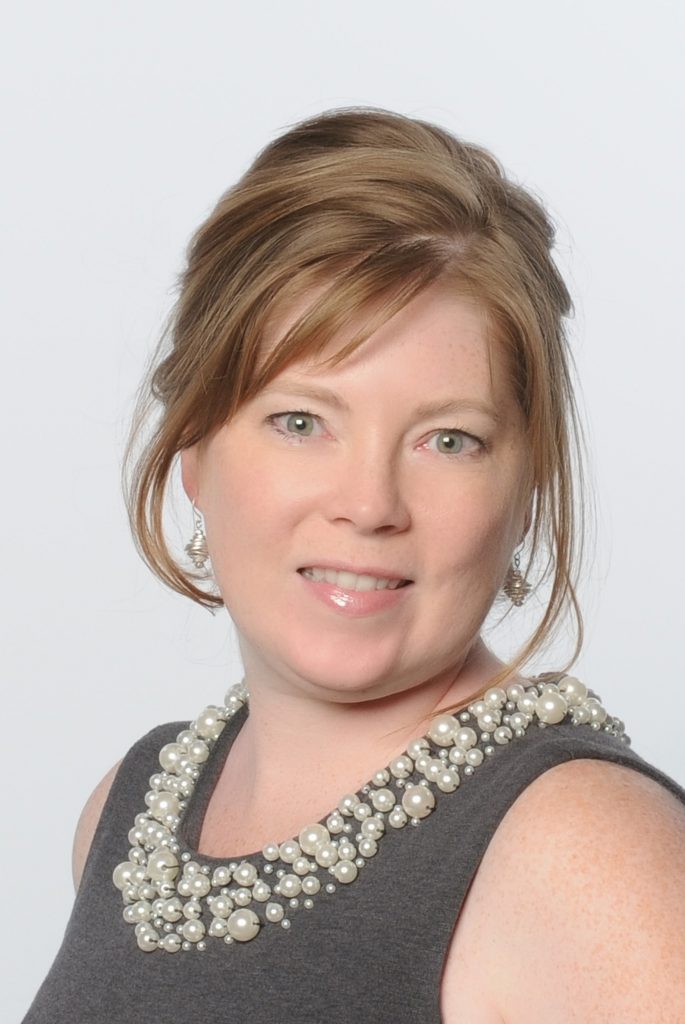
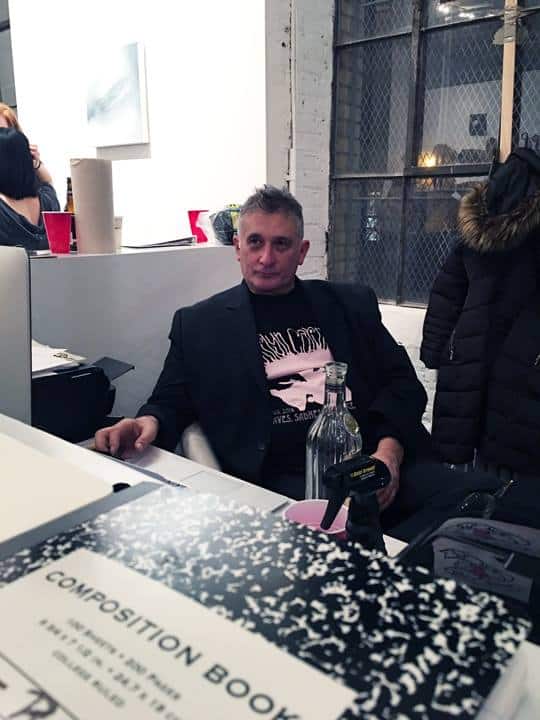
Another WONDERFUL article Ann!!! So informative and filled with information for artists at all stages of their career! Thank you for all your hard work!
Thanks Ann!! This is really helpful!
Very helpful! Thanks Ann.
Thanks, Ann — clear and concise and very helpful (as usual).
A difficult subject made easier to understand in this excellent piece. Thanks, Ann.